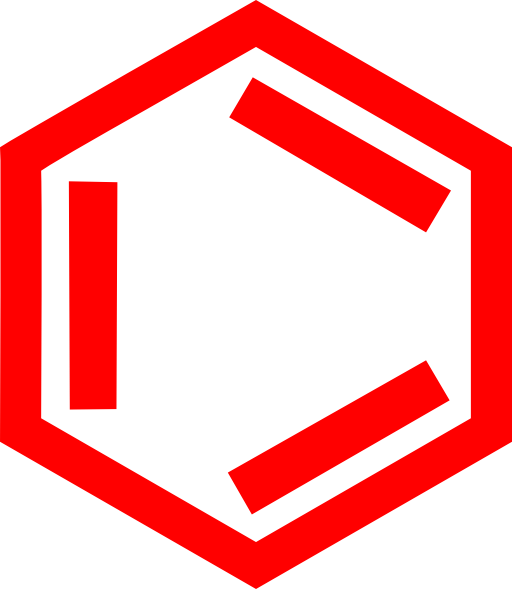Themes
Pre-made themes
Building your own theme
The file structure
.
├── build.js
├── includes
│ ├── footer.ejs
│ ├── head.ejs
│ └── header.ejs
├── layouts
│ ├── home.ejs
│ └── post.ejs
├── static
│ ├── logomark.png
│ ├── logomark_sm.png
│ └── search_data.json
└── styles
└── main.less
build.jscustom build commands. Your custom code will be executed onnpm run buildincludes/where you should put files you are including (template head, headers, footers, and anything else).layouts/where you should put template files. Follow naming schemelayout-name.ejs, wherelayout-nameis what you specified in thelayoutattribute in your document’s frontmatter.staticanything static in your project. Images, imported stylesheets (like bootstrap), necessary javascript files, or data files should be here. This folder is automatically copied toassets/static/for use in your templates.styles/should include onlymain.less. Right now, there is not support for includes, and the stylesheet must always be less.
Variables
Alchemy will pass a set of variables to your templates that you can use with ejs syntax.
-
Frontmatter from each file (the yaml content specified between the
---'s in the top of the markdown) is passed aspageand is used as a Javascript Object. -
All variables from
config.yamlwill be passed as thesitevariable and can be used as a Javascript Object. -
The parsed markdown content in the file will be passed as the
contentvariable and is a Javascript string. -
The
pathvariable is the relative path of the current page (ending in .html). Path is a string -
The
filemapvariable is an array of every page in a site. It is an array of objects. Each object follows the following syntax:
[{
fname: 'The name of the file',
mdpath: 'Path to the markdown source for this page',
path: 'HTML path of the current page',
frontmatter: {} // Parsed frontmatter from page
}]
If you are confused about a variable or struggling to implement it, we recommend printing the JSON to the page:
<p><%- JSON.stringify(page) %></p> <!-- or site, content, path, or filemap -->
Step-by-step
For an example, let’s create a super-simple blog theme.
Create the file structure following the tree diagram:
.
├── about.md
├── app.js
├── config.yaml
├── package.json
├── readme.md
├── posts
│ └── hello-world.md
└── theme
├── includes
│ ├── footer.ejs
│ ├── head.ejs
│ └── header.ejs
├── layouts
│ ├── home.ejs
│ └── post.ejs
├── static
│ └── logomark.png
└── styles
└── main.less
Create the config.yaml
In config.yaml, paste and edit the following markdown:
# Path to your site (if it is in a subfolder of your server)
root: ''
# Your information:
author:
name: Jack Crane
email: jack@jackcrane.rocks
Create a post (for testing)
In posts/hello-world.md, paste the following markdown:
---
layout: post
title: Post Title
---
# Hello World Blog post
This is a blog post
Create the post layout
Copy and paste the following code into layouts/post.ejs:
<html>
<head>
<title><%- page.title %></title>
</head>
<body>
<%- content %>
<a href="mailto:<%- site.author.email %>">Email me</a>
</body>
</html>

 Home
Download
Home
Download